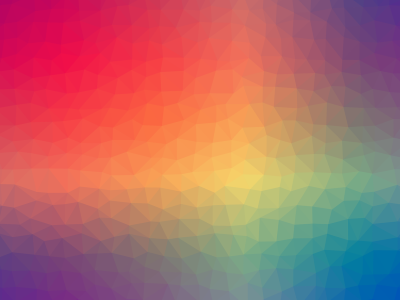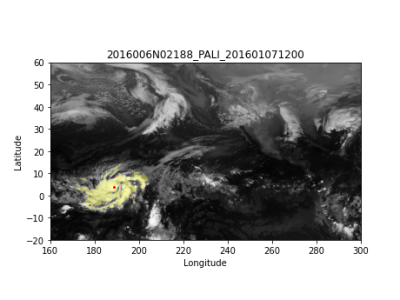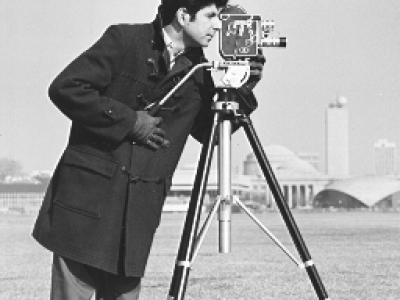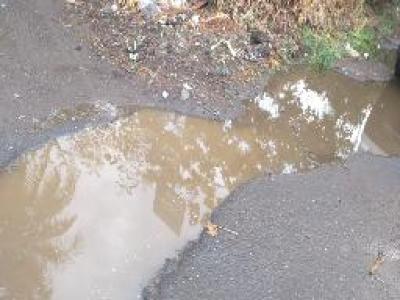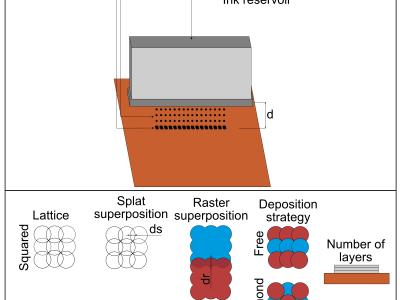
Indirect hand measurement processes have been used to improve remote accessibility and non-contact acquisition methods. This is particularly helpful when developing custom products, such as prostheses or gloves, to a user. Indirect hand measurements, however, may be difficult to acquire due to the requirement that certain specifications to be met. In the case of indirect measurement determination from 3D scans, obstructions may affect the observed outcome. This is especially true when using low-cost 3D scanners that have not been optimized for medical use.
- Categories:
